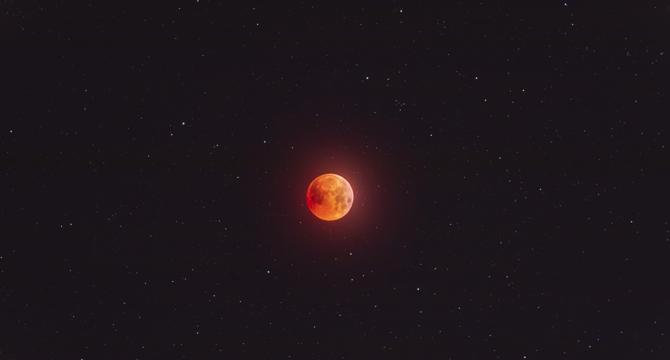Popsci
1M
86

Image Credit: Popsci
March skygazing: A ‘celestial smiley face,’ a blood moon, and more
- In March, skygazers can look forward to sightings of Mercury, Venus, Jupiter, a lunar eclipse, and the spring equinox.
- Mercury will be visible in the first half of March, appearing brightly in the night sky, with prime viewing opportunities on March 1 and March 7.
- Venus will be prominent in early March, shining brightly and easily visible to the naked eye, creating a 'Celestial Smiley Face' with Mercury and the moon.
- On March 5, the moon will rendezvous with Jupiter, making the gas giant easy to spot alongside the moon and the star Aldabaran.
- A 'Blood Moon' lunar eclipse, the only full lunar eclipse of 2025, will occur on March 13, with totality between 2:26 and 03:31 a.m. EDT.
- The full lunar eclipse creates a 'blood moon' as the moon enters Earth's shadow, with light refracted through the atmosphere giving it a red hue.
- March 14 will feature the Full Worm Moon, reaching peak illumination at 2:55 a.m. EST, known for the earthworms emerging in spring.
- March 20 marks the Vernal Equinox, signaling the official start of spring with equal daylight for both the Northern and Southern Hemispheres.
- Venus transitions to the morning sky on March 22 after an 'inferior conjunction,' remaining a morning star for the rest of 2025.
- Stargazers are advised to seek dark skies away from light pollution for optimal viewing experiences and to embrace the beauty of the cosmos in March.
Read Full Article
5 Likes
For uninterrupted reading, download the app